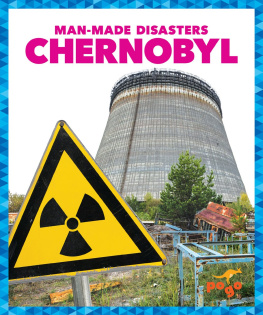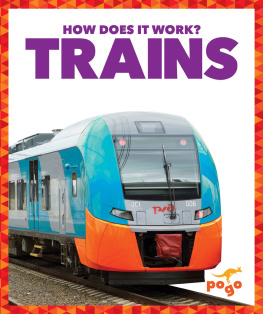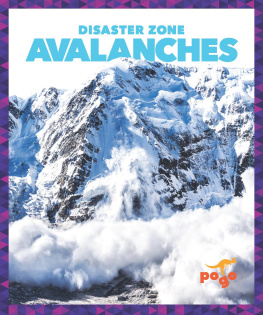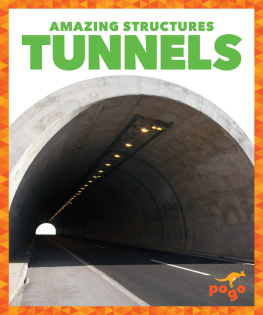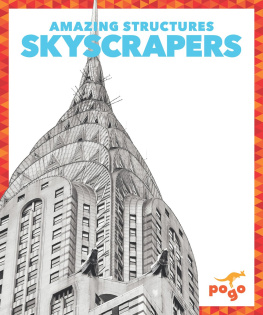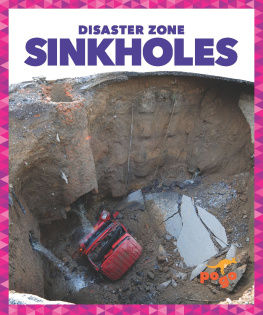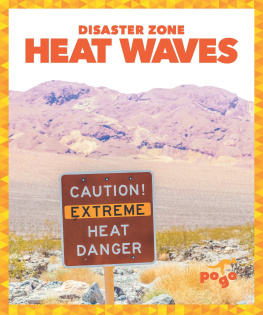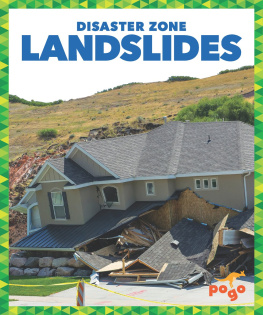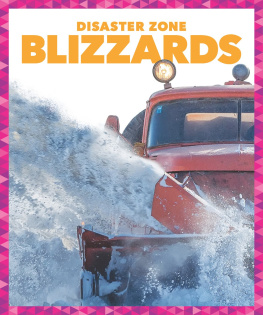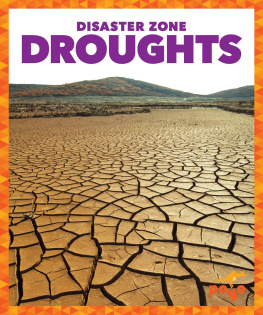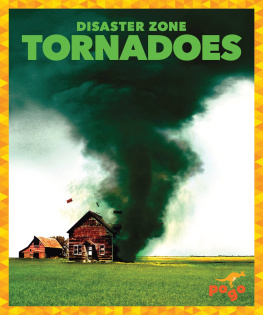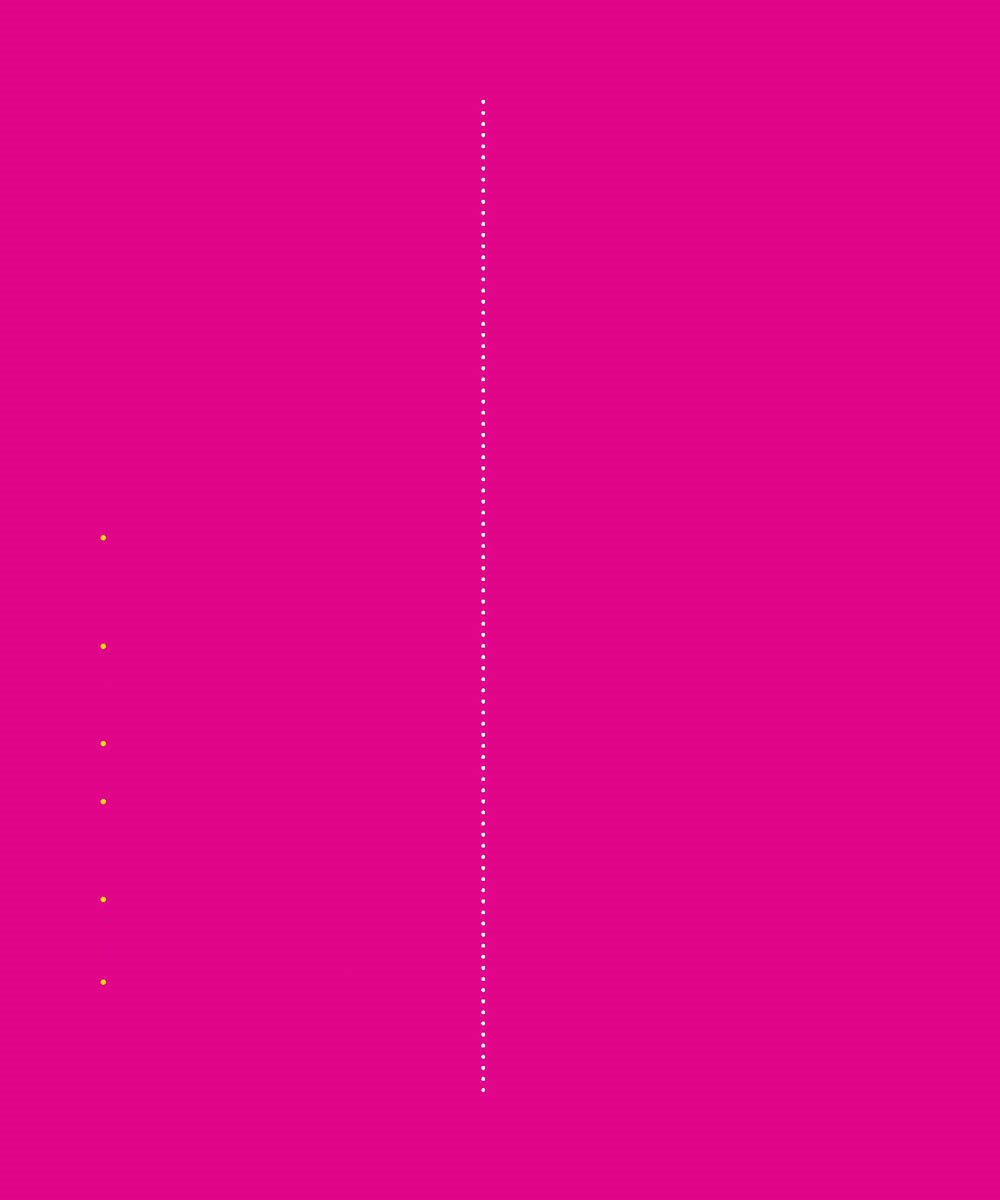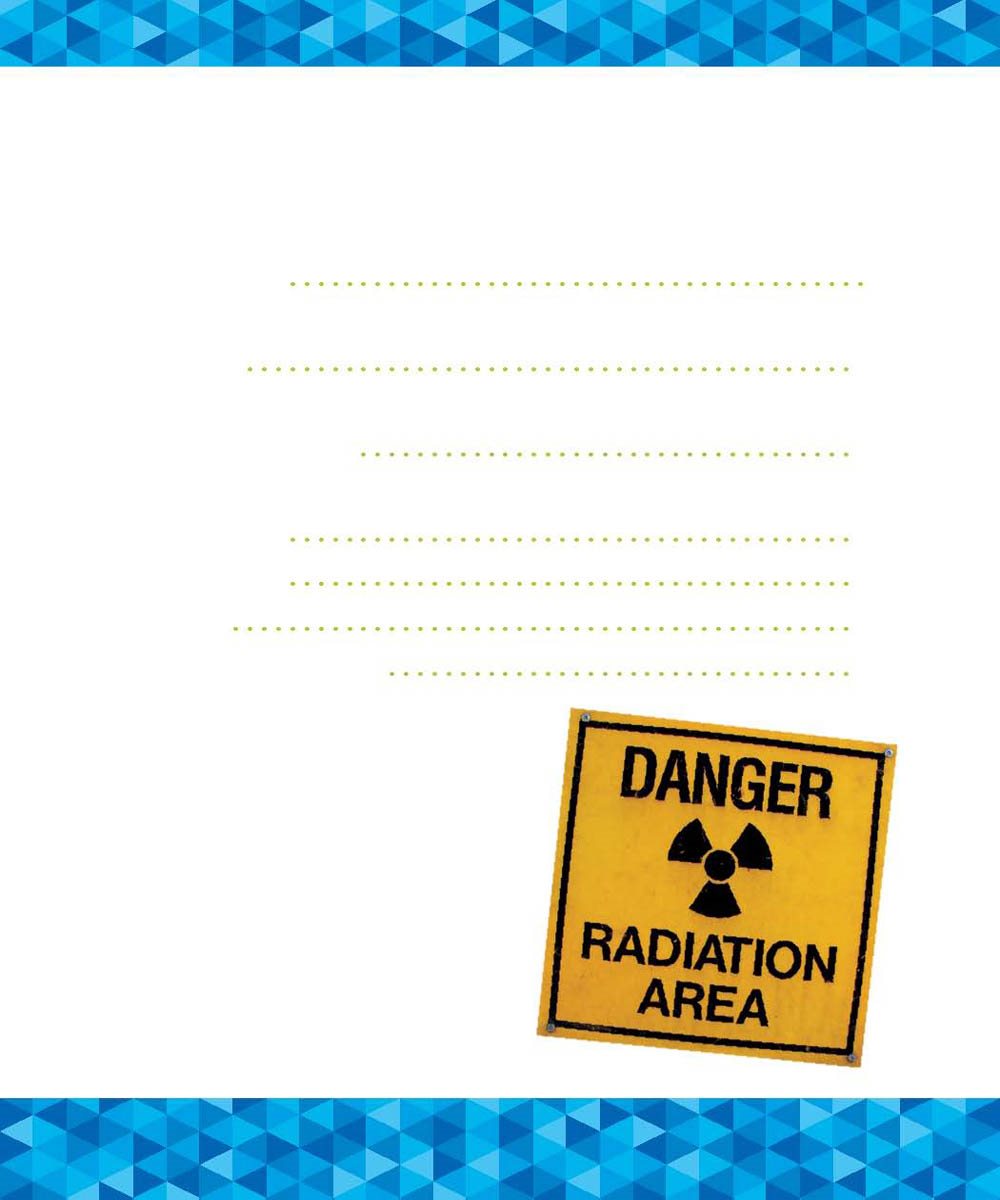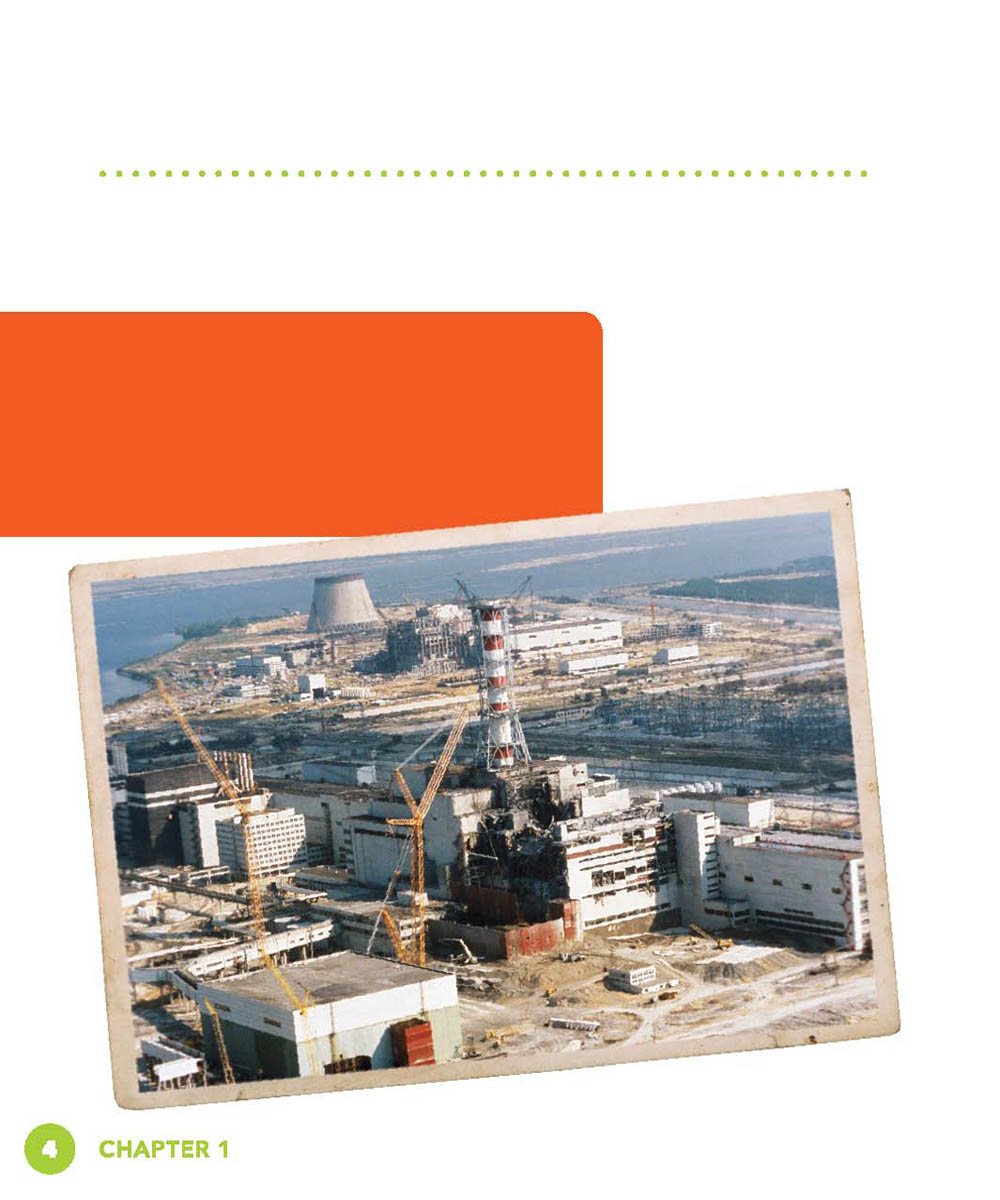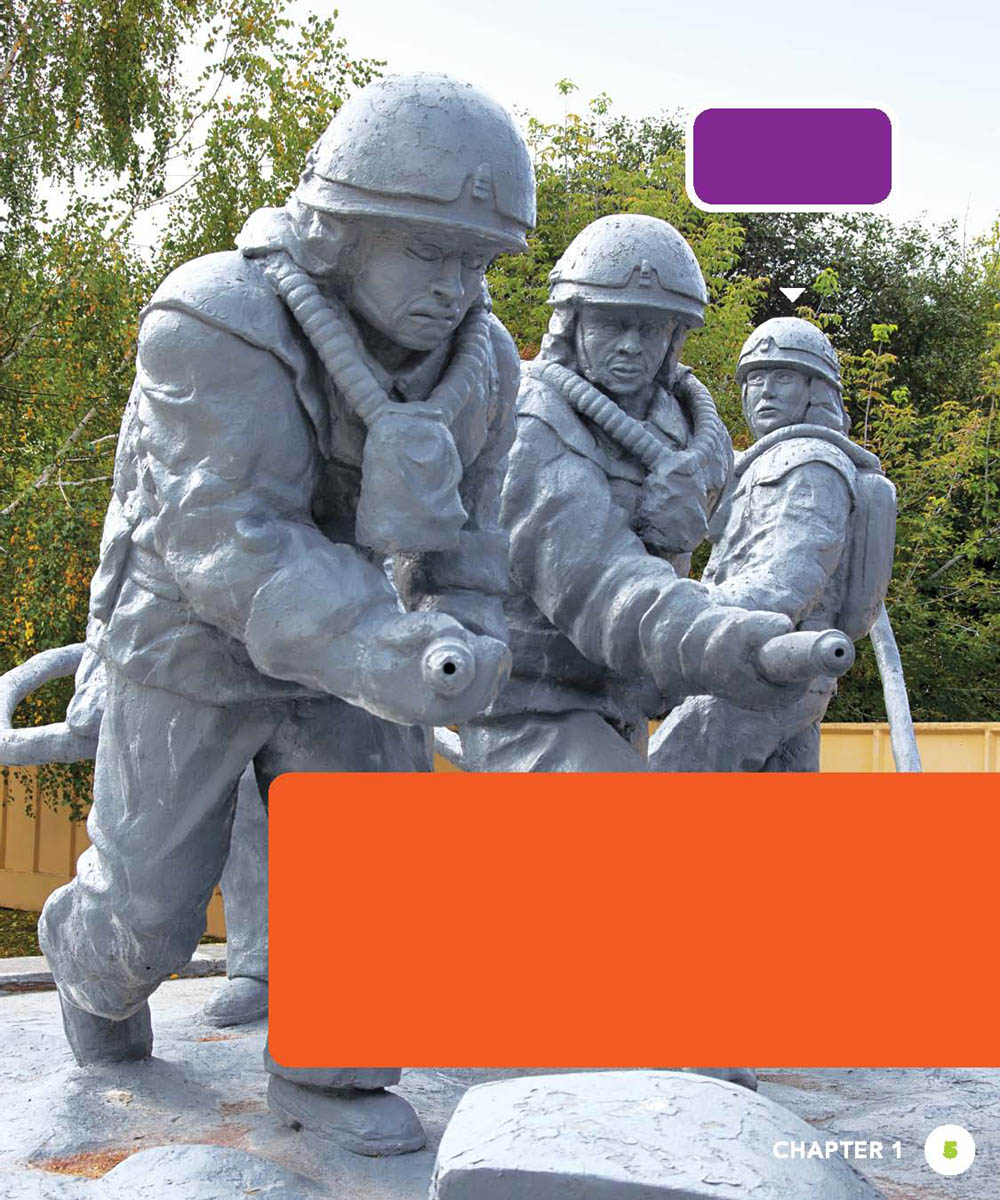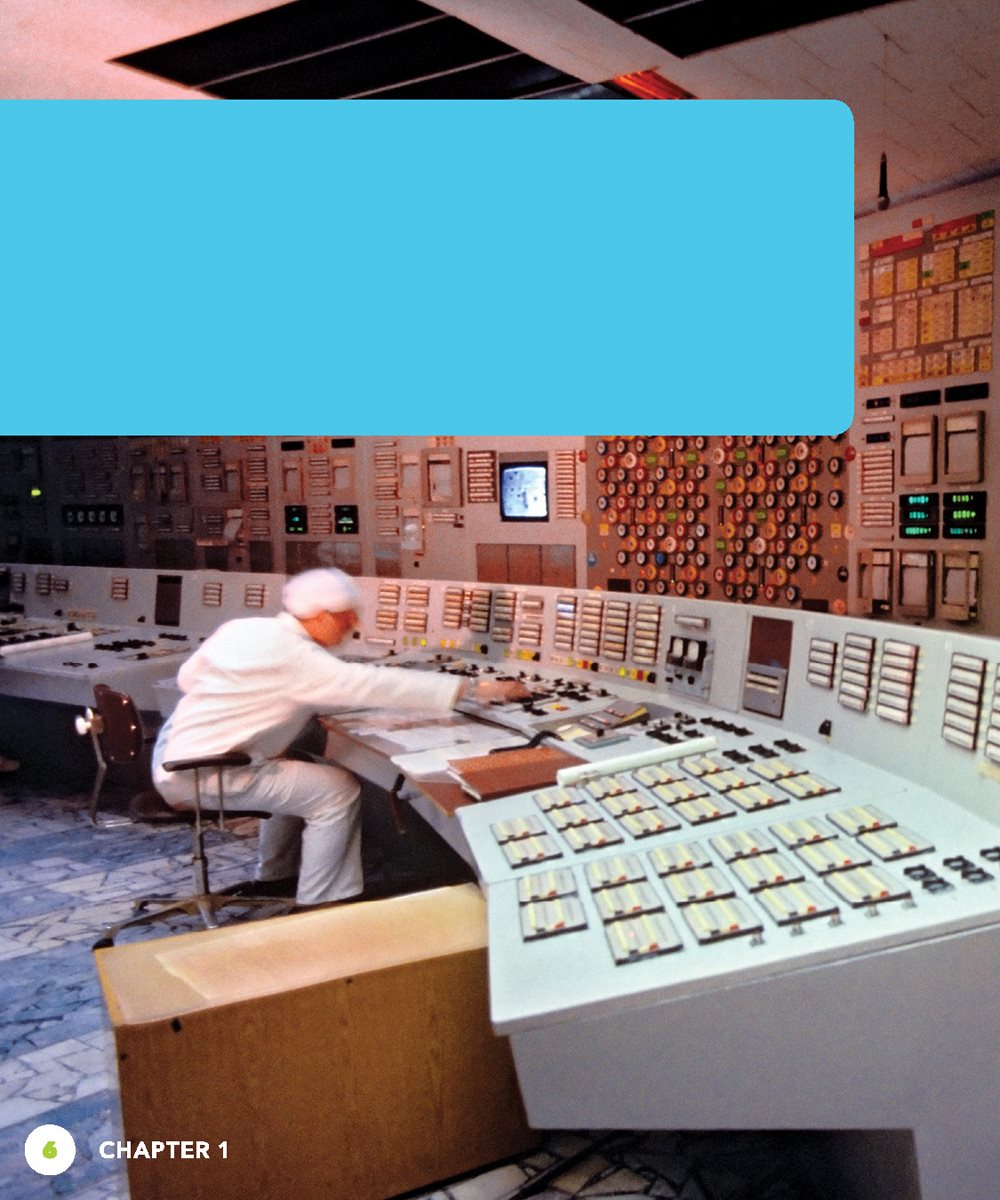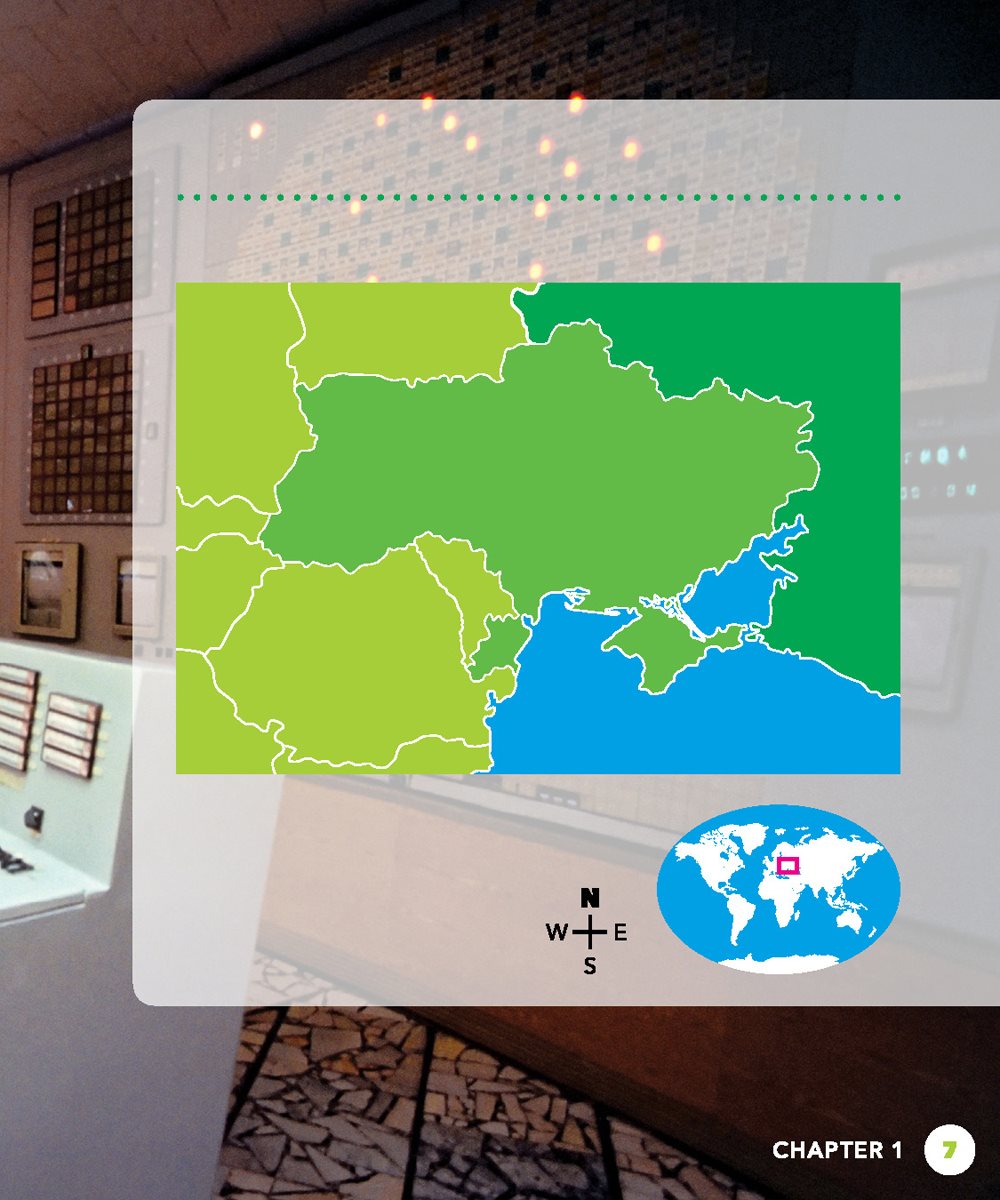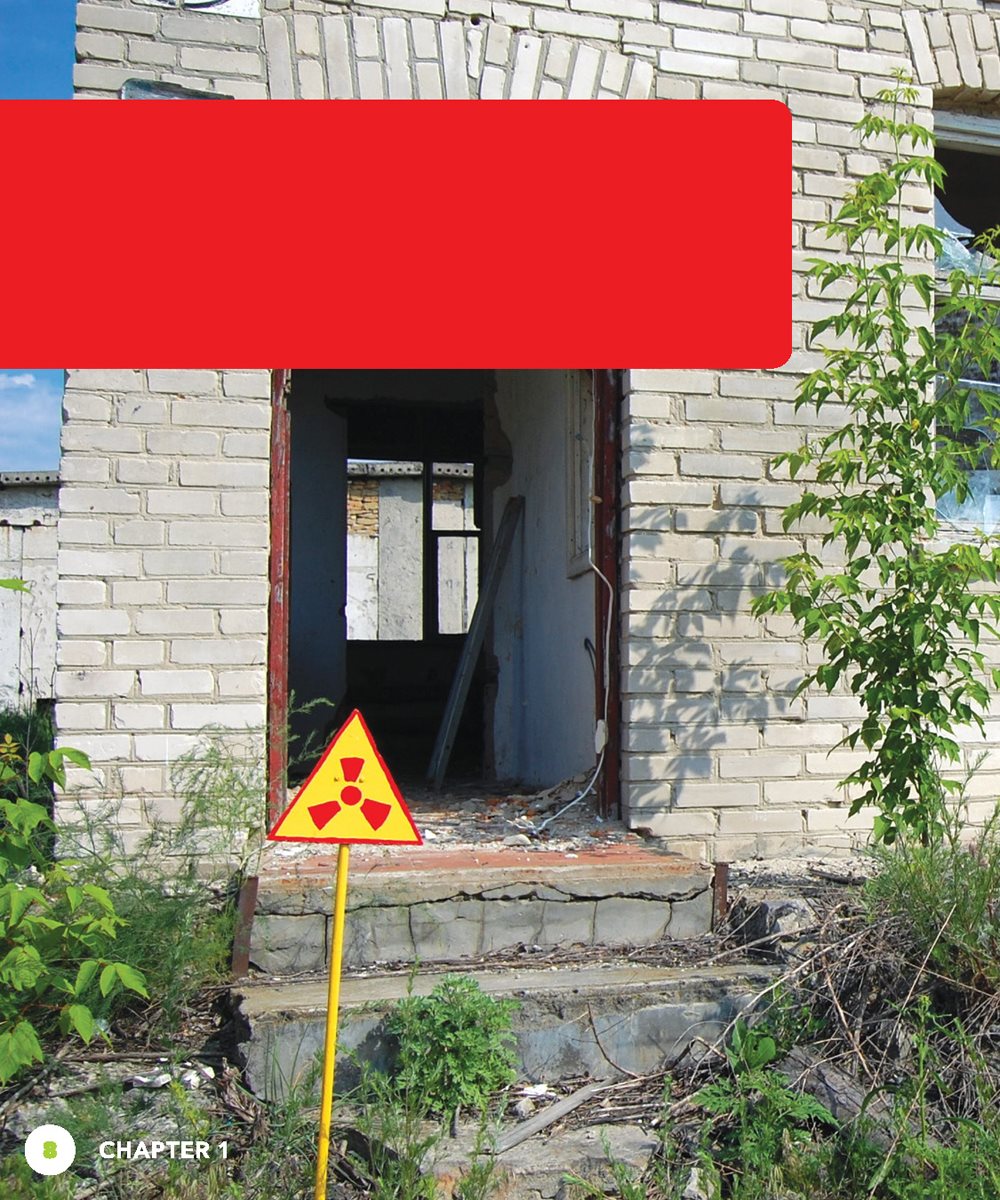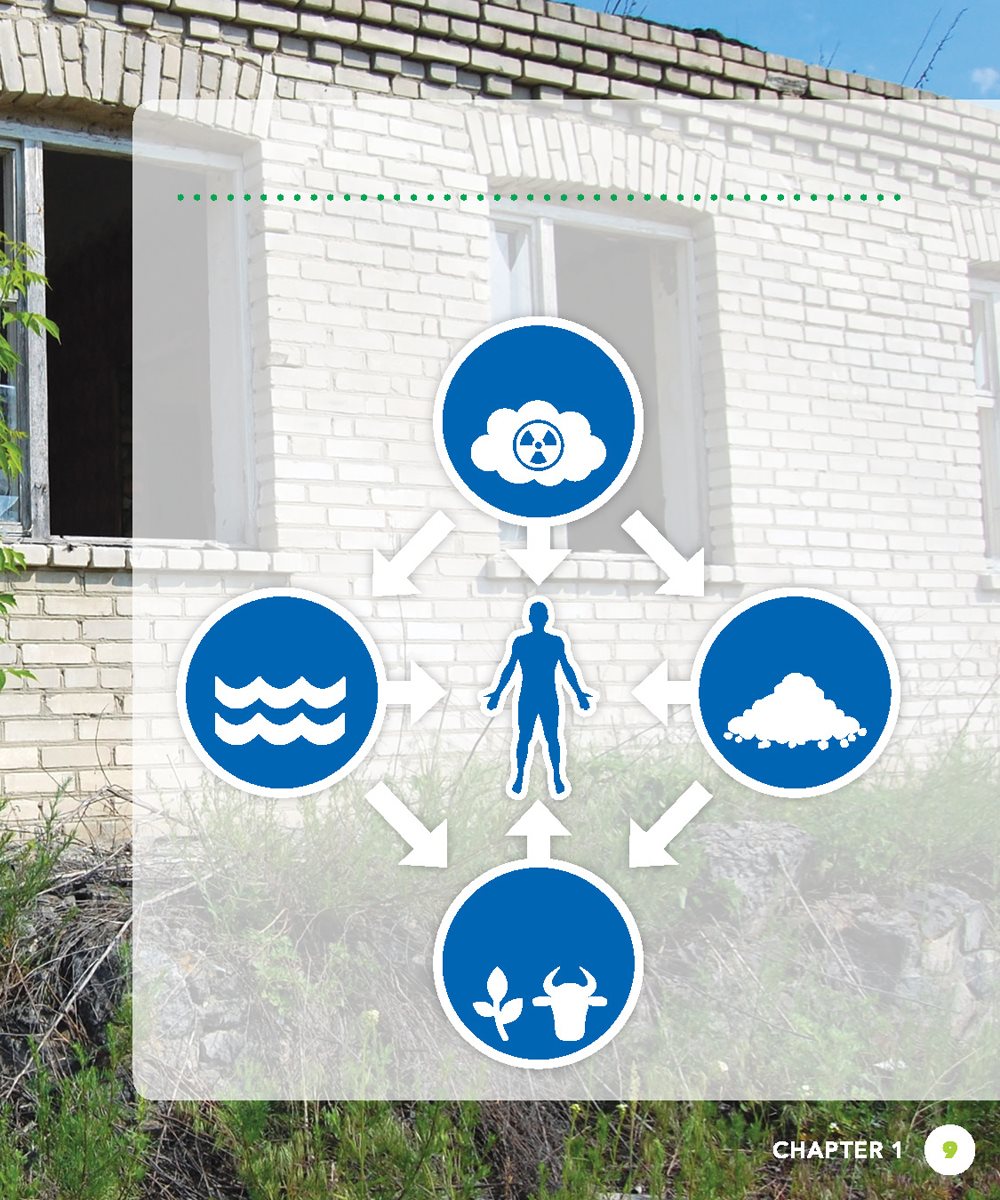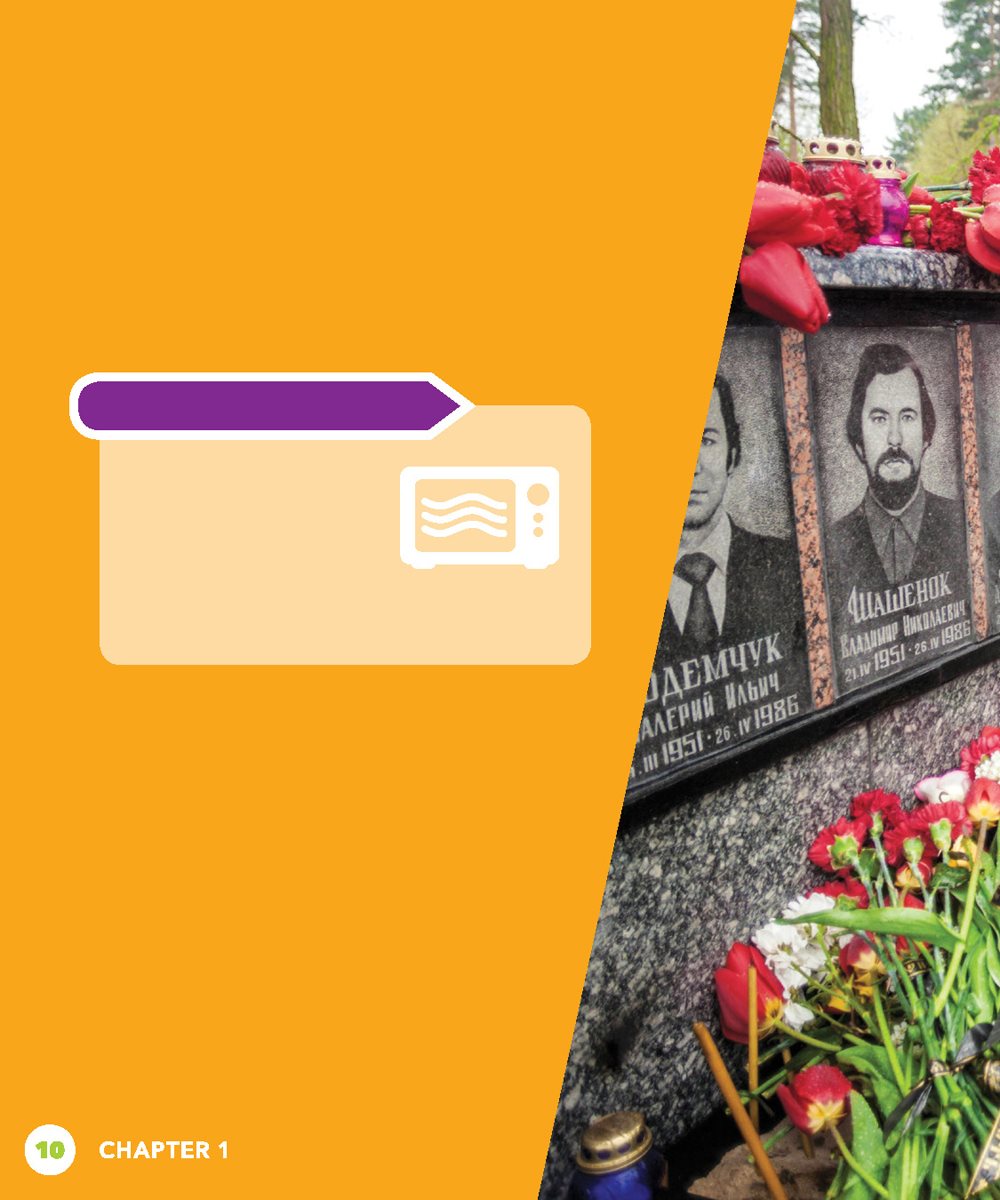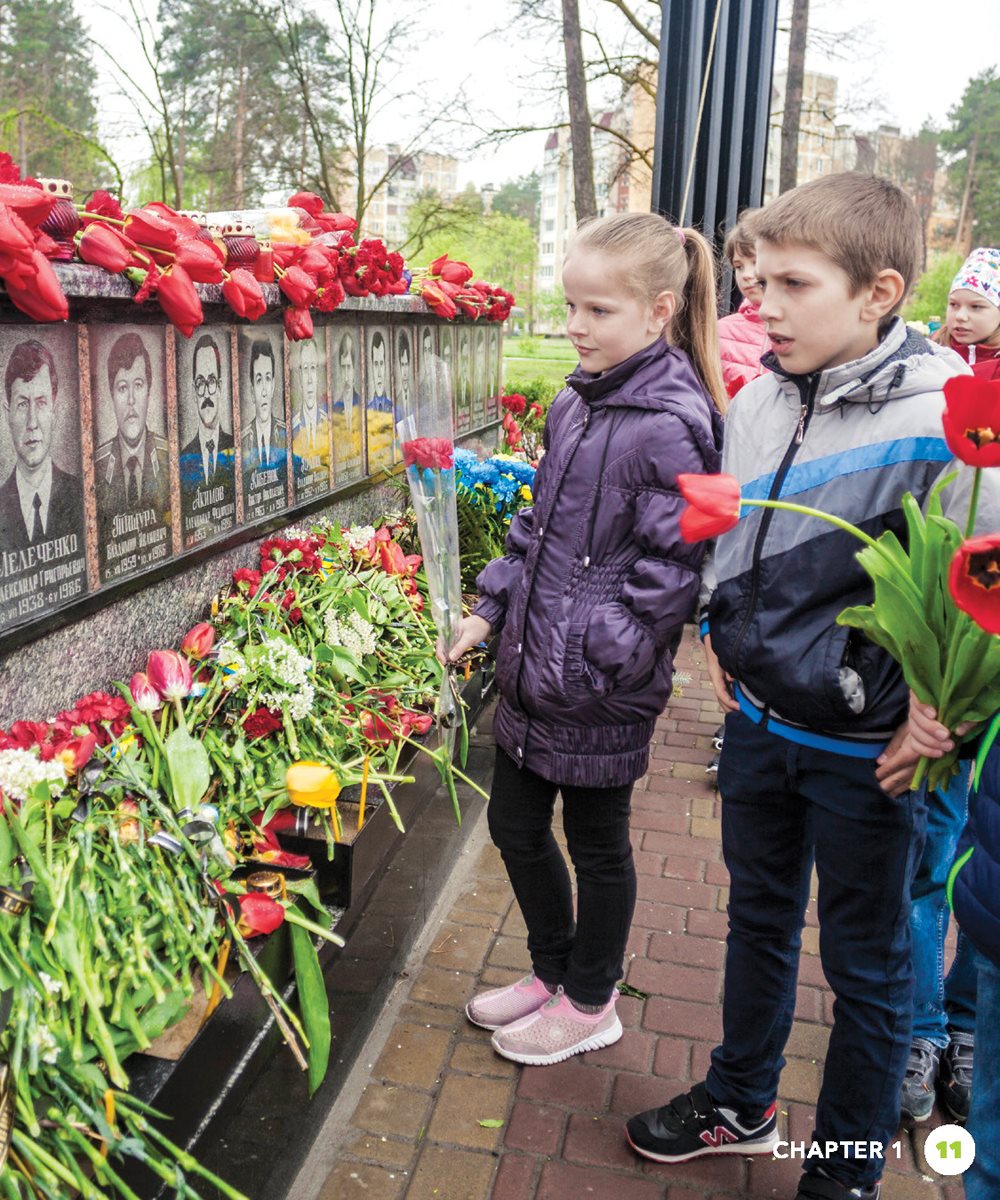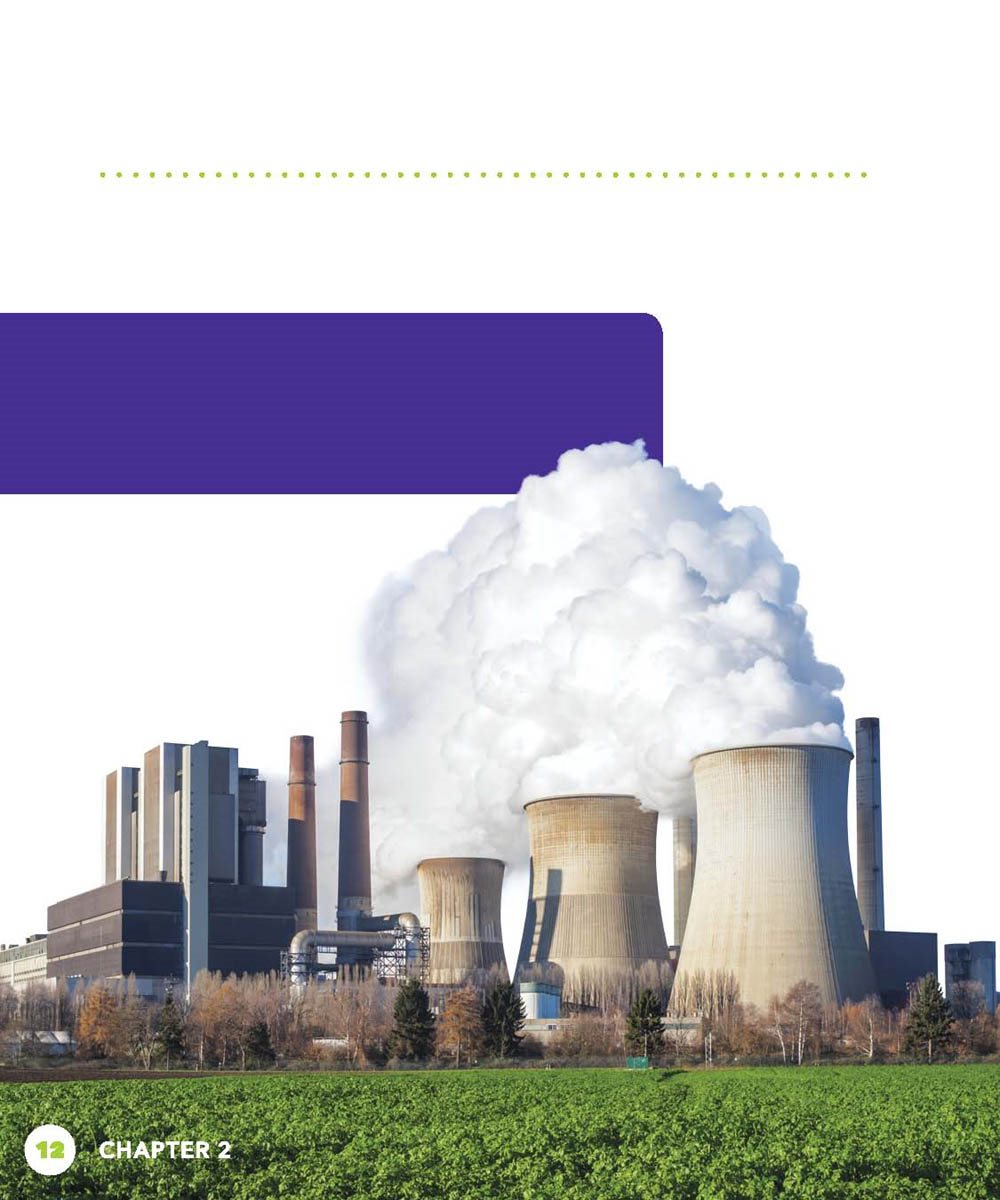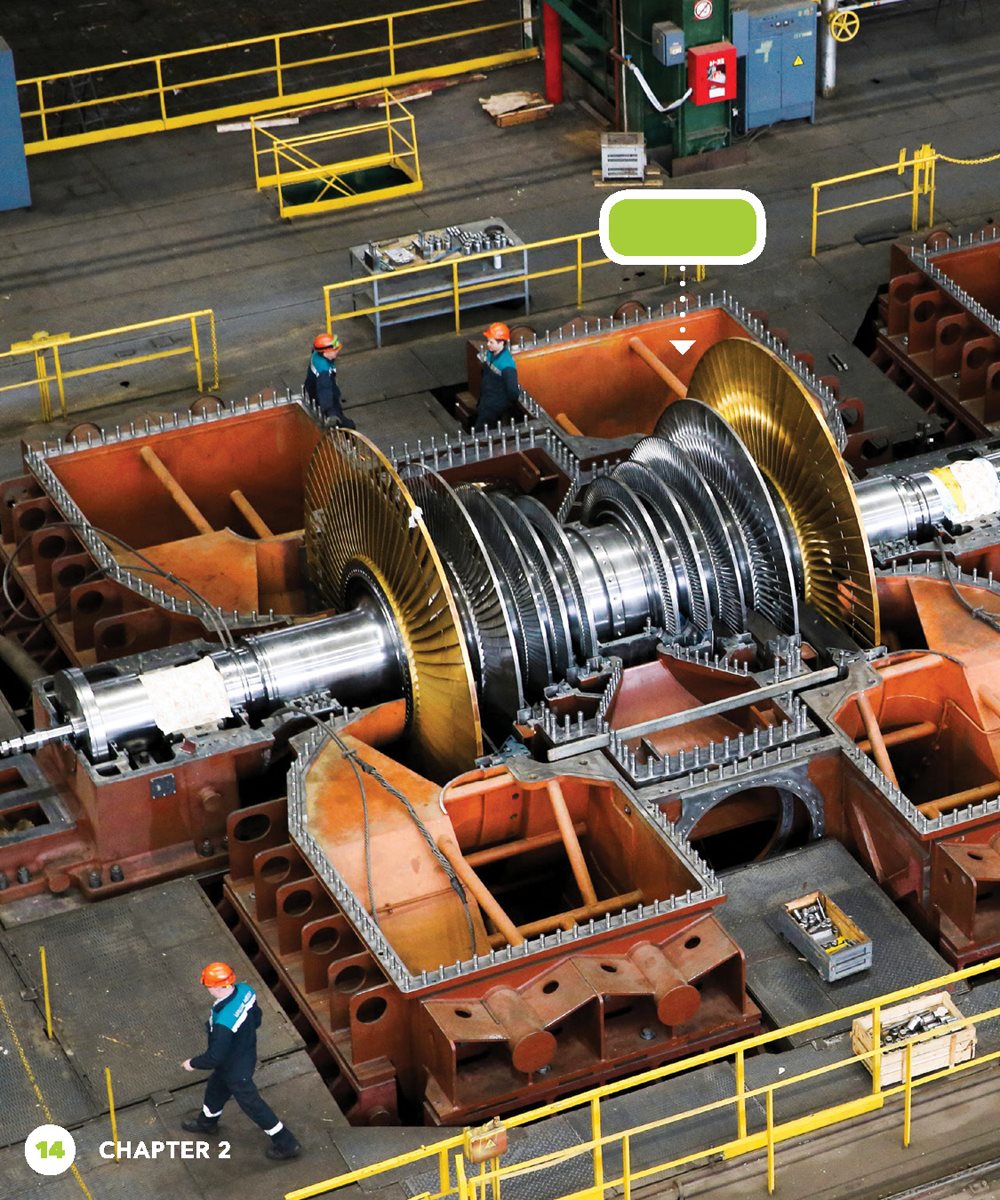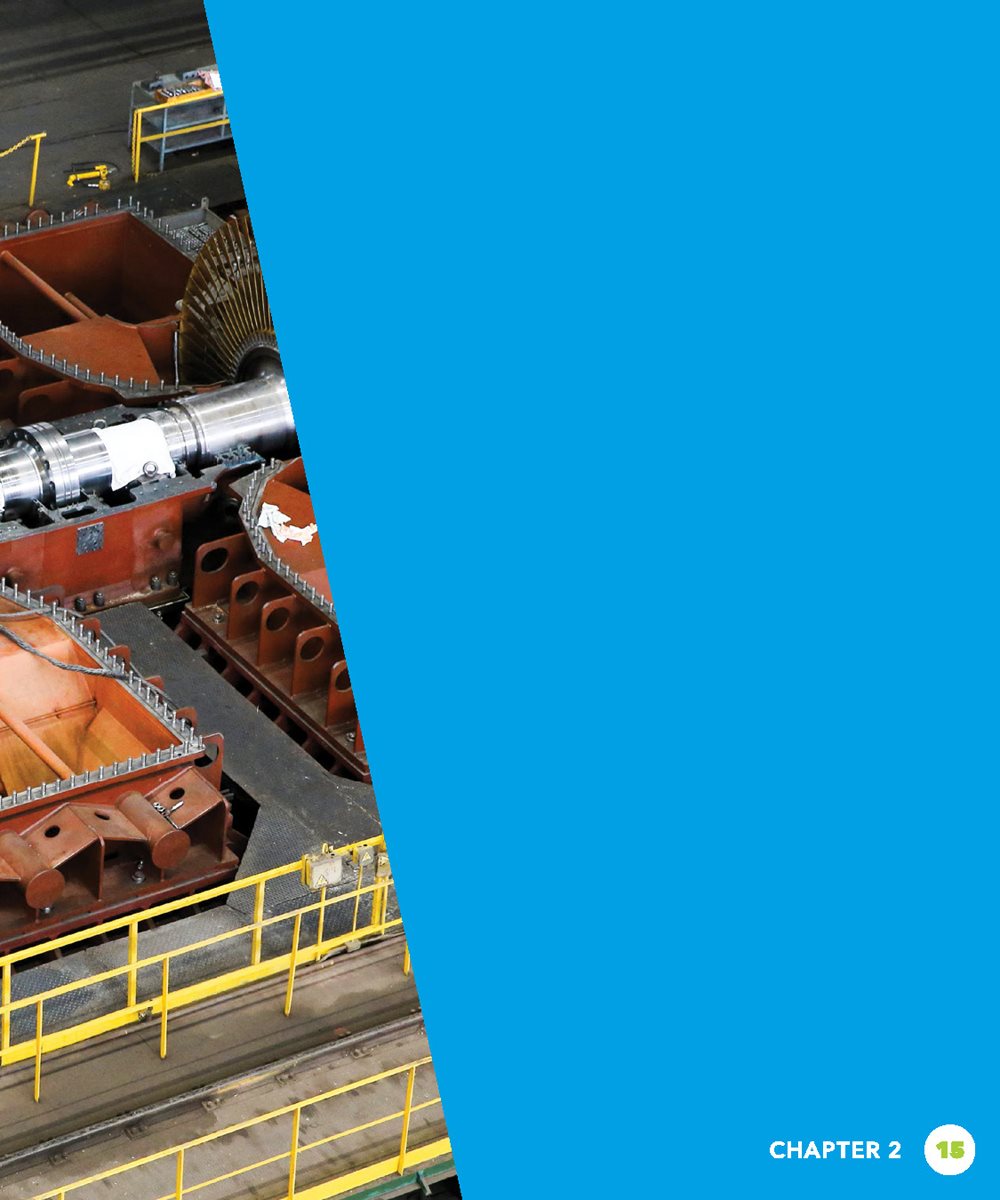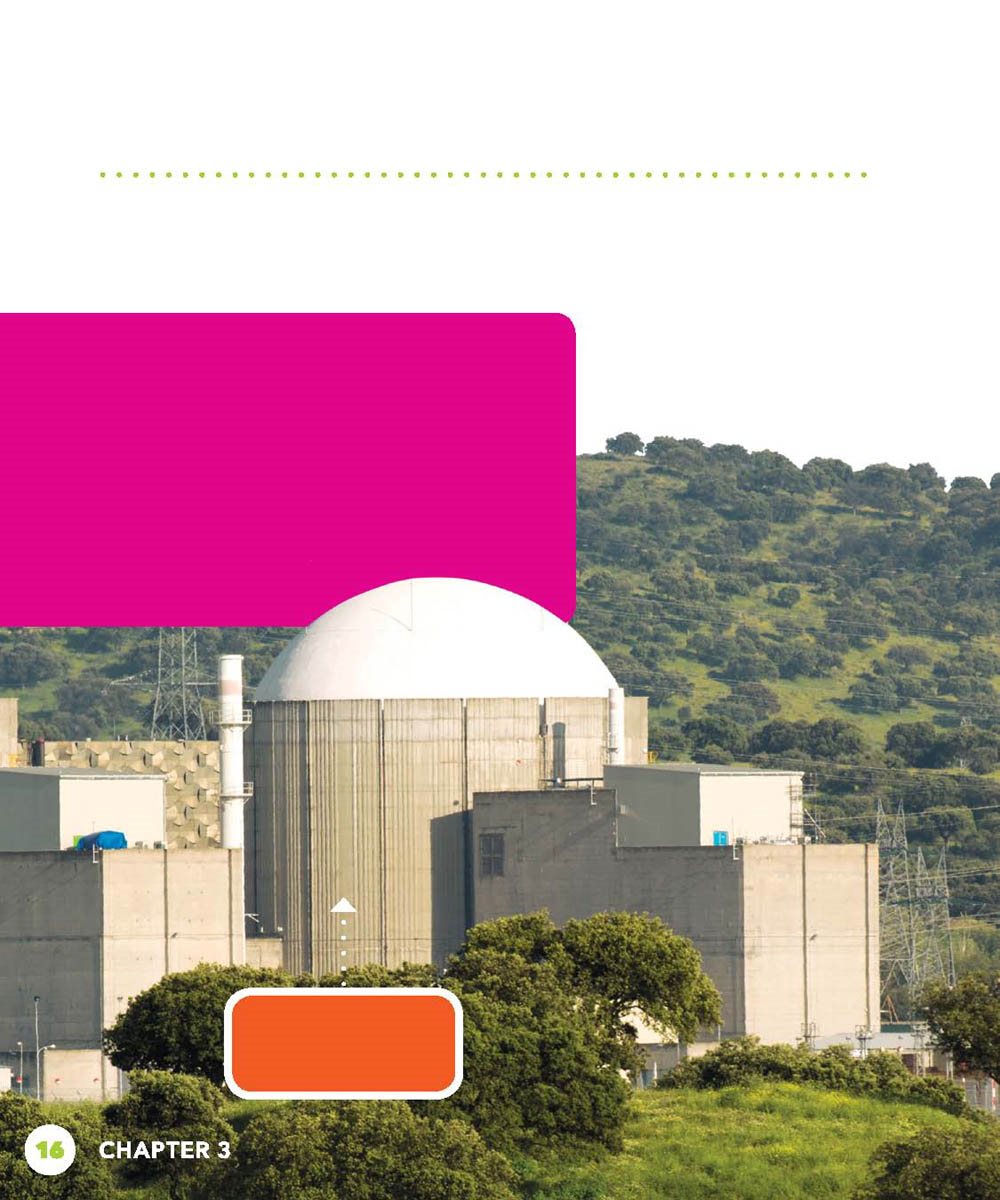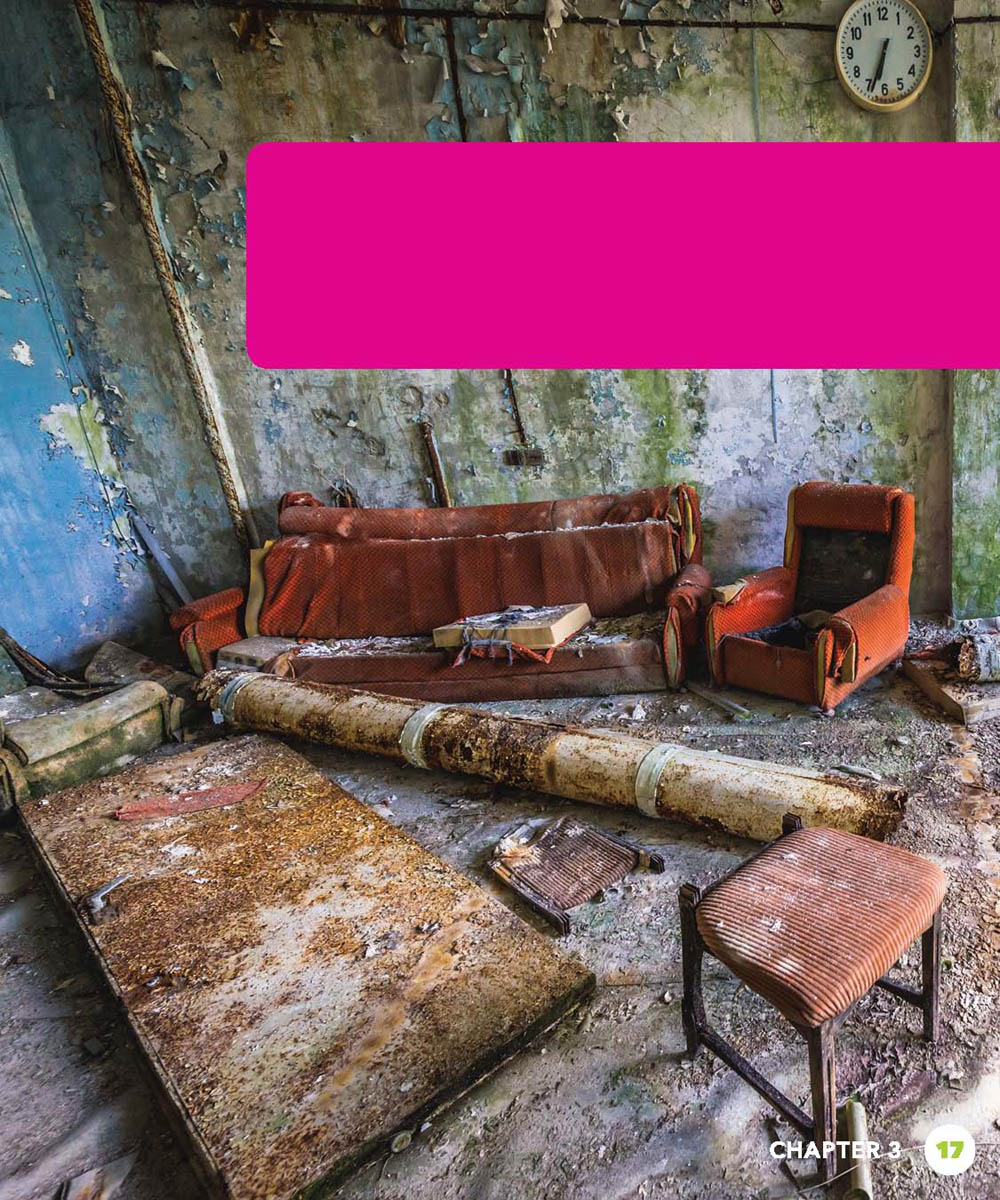Nikole Brooks Bethea - Chernobyl
Here you can read online Nikole Brooks Bethea - Chernobyl full text of the book (entire story) in english for free. Download pdf and epub, get meaning, cover and reviews about this ebook. year: 2021, publisher: Jump!, genre: Detective and thriller. Description of the work, (preface) as well as reviews are available. Best literature library LitArk.com created for fans of good reading and offers a wide selection of genres:
Romance novel
Science fiction
Adventure
Detective
Science
History
Home and family
Prose
Art
Politics
Computer
Non-fiction
Religion
Business
Children
Humor
Choose a favorite category and find really read worthwhile books. Enjoy immersion in the world of imagination, feel the emotions of the characters or learn something new for yourself, make an fascinating discovery.
- Book:Chernobyl
- Author:
- Publisher:Jump!
- Genre:
- Year:2021
- Rating:5 / 5
- Favourites:Add to favourites
- Your mark:
Chernobyl: summary, description and annotation
We offer to read an annotation, description, summary or preface (depends on what the author of the book "Chernobyl" wrote himself). If you haven't found the necessary information about the book — write in the comments, we will try to find it.
An infographic illustrates the impact of the Chernobyl disaster, and an activity offers kids an opportunity to extend discovery. Children can learn more about Chernobyl using our safe search engine that provides relevant, age-appropriate websites. Chernobyl also features reading tips for teachers and parents, a table of contents, a glossary, and an index.
Chernobyl is part of Jump!s Man-Made Disasters series. Glossary of key words Index Table of contents From crossing vast oceans to exploring outer space, we continue to push the limits of our scientific and engineering capabilities. But what happens when our pursuits dont go as planned? What are the consequences, and how can we learn from these engineering mistakes? This series explores the science behind some of historys most catastrophic man-made disasters, from the crash of the Hindenburg to the explosion at Chernobyl. Early fluent readers will gain practice reading engaging informational text. Includes infographics, an activity, and a glossary to reinforce new words.
Nikole Brooks Bethea: author's other books
Who wrote Chernobyl? Find out the surname, the name of the author of the book and a list of all author's works by series.

